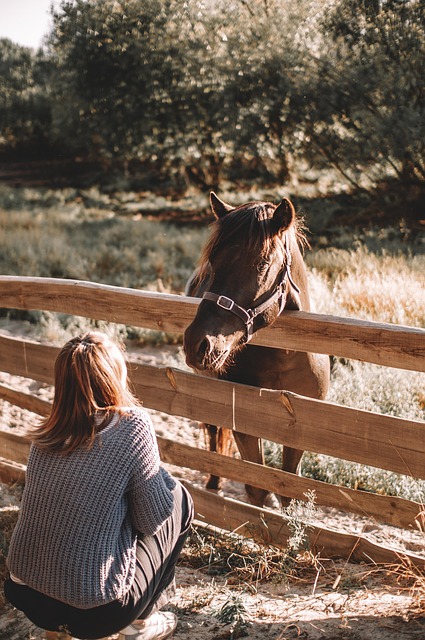The Circle of Hope Girls Ranch, established in the late 20th century to aid at-risk girls, became infamous for allegations of abuse and neglect. Former residents' revelations led to an investigation uncovering systemic issues. Their stories highlight trauma's lasting impacts on young girls and advocate for accountability, justice, and transparency in institutional settings. A growing movement seeks thorough investigations, reparations, and policies to prevent future tragedies, aiming to transform the child welfare system based on Circle of Hope survivors' experiences.
Unveiling a dark chapter in history, this article delves into the past of the Circle of Hope Girls Ranch, exposing the trauma endured by its survivors. The ranch, once a place of promise, became a breeding ground for abuse and exploitation. Through personal narratives, we hear from those who survived, sharing their stories of resilience and the long road to healing. Today, calls for justice echo as survivors seek accountability, urging us to confront the past and ensure such atrocities are never repeated.
- Uncovering the History of Circle of Hope Girls Ranch
- Survivors' Stories: Sharing Their Experiences
- Calls for Justice and Accountability Today
Uncovering the History of Circle of Hope Girls Ranch

The Circle of Hope Girls Ranch, a now infamous institution, emerged as a controversial chapter in the history of child welfare in the late 20th century. Founded with the noble intent of providing shelter and rehabilitation for at-risk girls, the ranch quickly became enveloped in allegations of abuse and neglect. Located in a remote area, the ranch operated under a veil of secrecy, making it difficult for external oversight bodies to verify conditions inside.
As stories from former residents started to surface, detailing physical and emotional trauma they endured, the public demand for answers grew louder. The exposure of these accounts sparked an investigation that revealed systemic failures in the ranch’s management, leading to widespread calls for justice and accountability. Today, the legacy of Circle of Hope serves as a cautionary tale, underscoring the importance of transparency, regulation, and empathy in addressing the needs of vulnerable youth.
Survivors' Stories: Sharing Their Experiences

The stories of survival and resilience from those who spent time at the Circle of Hope Girls Ranch are powerful and varied. Many survivors share their experiences as a means to bring attention to the potential for trauma and abuse within such institutions. These narratives often highlight the challenges faced by young girls, including emotional and psychological scars that can have lasting effects on their lives.
Through sharing their journeys, survivors hope to shed light on the importance of accountability and justice. Their stories encourage dialogue about the need for better protection, support systems, and transparency in similar settings. By speaking out, these individuals contribute to a broader movement advocating for change and ensuring that no one else endures similar hardships at the Circle of Hope Girls Ranch or other care facilities.
Calls for Justice and Accountability Today

In recent years, there has been a growing call for justice and accountability regarding the historical treatment of survivors at the Circle of Hope Girls Ranch. This demand is driven by the courageous voices of those who endured abuse and exploitation during their time there. The ranch, operating under various names over its history, has faced intense scrutiny for its role in systemic failures to protect vulnerable youth.
Activists, survivors, and supporters are advocating for comprehensive investigations into the ranch’s past practices, holding both individual perpetrators and institutional bodies accountable. They seek transparency, meaningful reparations, and policies that prevent similar tragedies from occurring in future care settings. The goal is to ensure that the experiences of Circle of Hope survivors are not only recognized but also lead to significant changes in the child welfare system.
The journey towards justice for survivors of the Circle of Hope Girls Ranch highlights the need for accountability and healing. By unearthing historical truths and sharing personal stories, these individuals are forging a path forward, ensuring that their experiences are not forgotten. It is imperative to address the past injustices at the Circle of Hope, fostering a culture of transparency and empathy to prevent similar tragedies from occurring again. Through advocacy and collective action, we can honor the survivors’ strength and create a brighter future, where their voices are amplifed and their rights are protected.
